Worried About Sauna Hair Damage? The Truth You Need to Know
Is the Sauna Bad for Your Hair? Debunking the Myths and Protecting Your Locks
The Truth About Sauna and Hair Health
You step into a sauna expecting glowing skin, detoxification, and relaxation—but what about your hair? If you’ve ever wondered, “Is the sauna bad for your hair?” you’re not alone. With the rise in at-home infrared saunas and luxury wellness rooms, more people are asking whether the heat, steam, and sweat are helping or hurting their strands.
The short answer? Saunas can both benefit and damage your hair—depending on the type of sauna, your hair type, and your hair care routine. In this comprehensive guide, we’ll explore the effects of dry saunas, infrared saunas, and steam environments on your hair health, the science behind heat exposure, and—most importantly—how to protect your hair while enjoying the full-body benefits of sauna use.
What Happens to Your Hair in a Sauna?
Let’s Break It Down Scientifically
Hair is made of keratin—a protein that’s sensitive to heat, moisture, and pH changes. When exposed to high temperatures, especially over long periods, the hair cuticle can lift, leading to:
- Moisture loss
- Frizz and split ends
- Color fading (for treated hair)
- Weakened strands prone to breakage
What Kind of Sauna Are We Talking About?
Mini Comparison: Which Sauna Type Is Best for Hair Safety?
Not all saunas are created equal—especially when it comes to hair protection. Here's a quick breakdown of how each type impacts your hair:
| Sauna Type | Temperature | Humidity | Hair Impact |
|---|---|---|---|
| Traditional Dry Sauna | 150–195°F | Low (5–10%) | Can severely dry out hair if unprotected. Best for short sessions with a towel wrap or oil barrier. |
| Infrared Sauna | 120–140°F | Dry | Gentler on the hair due to lower ambient heat. Still requires prep for colour-treated or damaged strands. |
| Steam Room | 110–120°F | High (100%) | Hydrates the scalp but can cause swelling of the hair shaft, leading to frizz—especially for textured or porous hair. |
Bottom line? For most hair types—especially coloured or dry—infrared saunas offer the safest heat exposure. Just don’t skip the pre-care.
Sauna Effects on Hair: The Pros and Cons
✅ Pros: The Potential Benefits for Hair and Scalp Health
Even though saunas are often scrutinised for their effect on hair, they can offer surprising indirect benefits when used properly:
Improved Scalp Circulation
- Sauna heat—especially in infrared saunas—stimulates vasodilation, increasing blood flow to hair follicles.
- Improved circulation can aid in delivering nutrients and oxygen to the roots, supporting healthier, stronger hair.
Stress Reduction = Less Hair Shedding
- Saunas lower cortisol levels, the stress hormone linked to telogen effluvium, a common form of stress-related hair loss.
- Reduced stress may also help rebalance hormonal issues like thyroid dysfunctions that affect hair.
Detoxification of the Scalp
- Sweating in the sauna helps purge toxins and clear sebum buildup, which can clog follicles and inhibit healthy growth.
- Saunas can complement scalp treatments or hair masks by opening pores and increasing product absorption afterward.
Improved Hair Texture (When Managed)
- Some users with coarse or curly hair notice their hair feels softer and more manageable after sauna sessions when pre-treated with oils or masks.
- The humid environment (in steam or after a dry sauna + rinse) helps temporarily smooth the cuticle layer.
Enhanced Sleep = Better Hair Regeneration
- Quality sleep supports the body’s natural repair cycles, including those tied to hair follicles.
- Regular sauna use is linked to improved sleep quality, giving your hair a boost overnight.
❌ Cons: Potential Risks of Sauna Use for Hair
Unprotected or excessive sauna use can lead to the following downsides, particularly if you're unaware of proper hair care techniques:
Moisture Loss and Dehydration
- Dry heat in traditional saunas can pull natural oils and hydration from your hair, leaving it dry and brittle.
- This is especially true for already dry or high-porosity hair types.
Cuticle Damage and Frizz
- High temperatures can lift the hair cuticle, exposing the cortex and causing rough texture, frizz, and split ends.
- This effect compounds over time, especially with frequent sauna use.
Increased Breakage in Chemically Treated Hair
- Hair that has been dyed, permed, or chemically straightened is more porous and heat-sensitive.
- Repeated sauna exposure without protection can accelerate damage and even lead to hair thinning or breakage.
Color Fading
- Sauna heat can fade colour-treated hair, particularly red and blonde tones.
- Infrared heat may penetrate deeper into hair strands, contributing to pigment loss over time if not managed.
Over-Exfoliation of Scalp
-
While occasional sweating helps detox, too much can disrupt the scalp’s microbiome or cause itchiness, especially if not rinsed or cleansed properly afterward.
Complications for Scalp Conditions
-
Those with eczema, psoriasis, or seborrheic dermatitis may find that heat exacerbates flare-ups or irritation unless moderated.
Best Saunas for Hair-Conscious Wellness Lovers
When looking to balance whole-body benefits and hair safety, consider these:
✅ Low EMF Saunas
Lower radiation and gentle infrared rays mean less stress on hair and scalp.
Browse here: Low EMF Saunas
✅ Hybrid Saunas
Enjoy the best of both traditional and infrared modes while customising your session time and intensity.
View options: Hybrid Saunas
✅ Near Zero EMF Saunas
For the most hair- and scalp-conscious users who want the benefits without EMF concerns.
Explore: Near Zero EMF Collection

Is Infrared Sauna Bad for Your Hair?
Infrared saunas are often gentler than traditional saunas because they heat the body directly, not the air. However, if used for extended sessions without hair protection, they can still lead to infrared sauna hair damage such as:
- Dry, brittle ends
- Increased tangling
- Thermal stress on chemically treated hair
If you love the benefits of infrared therapy, you don’t have to give it up—just be proactive in protecting your locks.
How to Protect Your Hair in the Sauna
1. Hydrate Before and After
Drink plenty of water, and apply a hydrating leave-in conditioner or argan oil before entering.
2. Cover It Up
Use a sauna cap, turban towel, or even a soft cotton T-shirt to cover your hair. This helps:
- Minimise heat exposure
- Retain natural moisture
- Reduce post-sauna frizz
3. Avoid Hair Washing Right Before
Clean hair is more porous and vulnerable to damage. Sauna sessions are better before your wash, not after.
4. Go Natural When You Can
Skip the heat-styling tools, tight braids, or chemical treatments before sauna use. Natural hair has better resilience.
5. Use a Heat Protectant Mist
Just like you would before styling, a lightweight thermal protectant can act as a shield in dry and infrared saunas.
Dry Sauna Hair Care: Custom Tips for Every Hair Type
Different hair types react differently to the dry, high heat of traditional saunas. Whether you have fine strands, voluminous curls, or salon-treated locks, these tailored tips can help you enjoy sauna sessions without sacrificing your hair health.
🔹 Fine or Straight Hair
Fine or straight hair tends to be more prone to breakage and oil loss due to its delicate structure and lower natural volume. Here’s how to protect it:
-
Use lightweight oils such as grapeseed, camellia, or argan oil to create a barrier without weighing down the hair. These oils lock in moisture and prevent heat-induced dryness.
-
Avoid heavy butters or thick conditioners, as they may cause buildup on thin hair strands.
-
Twist into a loose braid or bun before entering the sauna to prevent tangling.
-
Rinse with cold water afterward to help seal the cuticle and restore shine. This closes any lifted cuticle layers from heat exposure, preventing dullness and frizz.
-
Avoid brushing while wet post-sauna, as fine hair is most vulnerable when damp. Use a wide-tooth comb after it’s air-dried partially.
🔸 Curly or Textured Hair
Curly, coily, or textured hair types naturally experience more dryness due to the way sebum (your scalp’s natural oil) travels unevenly down the hair shaft. In a dry sauna, this effect is amplified without proper preparation.
-
Pre-moisturise generously with rich leave-in conditioners, coconut oil, or shea butter to hydrate and fortify strands before heat exposure.
-
Use the “pineapple” method (a high, loose ponytail) or secure hair in a low protective bun or twist-out to reduce exposure and control frizz.
-
Wrap your hair in a microfiber towel or satin scarf to shield it from direct heat while preserving curl pattern.
-
After your session, apply a hydrating mist or cream, especially to the ends, which are the oldest and most fragile parts of the hair.
-
Weekly deep conditioning becomes especially important for curly-haired sauna users to restore moisture lost during heat exposure.
🎨 Color-Treated or Bleached Hair
Chemically treated hair—whether coloured, bleached, permed, or relaxed—has an altered protein structure, making it more porous, fragile, and vulnerable to sauna-induced stress.
-
Cover your hair completely before stepping into a dry sauna. Use a thick fabric wrap, silicone cap, or even a damp towel infused with conditioner to create a barrier.
-
Apply a hydrating hair mask or leave-in treatment before the sauna. This acts like a seal, locking in moisture and shielding from direct heat.
-
Limit sauna sessions to 15–20 minutes max to reduce the risk of excessive dehydration or heat-induced colour fading.
-
Avoid going into the sauna immediately after a colouring session, especially if bleach or ammonia was involved. Wait at least 72 hours to let the cuticle fully close.
-
Cool rinse post-sauna is essential for chemically treated hair. It prevents additional cuticle lifting and helps preserve colour vibrancy.
What About Hair Loss? Can Saunas Make You Go Bald?
No scientific study confirms that sauna use causes hair loss. However, poor sauna habits can contribute to hair breakage and thinning appearance, which some mistake for actual hair loss.
Key causes include:
- Overexposure to high heat
- Poor hydration and post-sauna care
- Ignoring pre-existing scalp conditions
🧠 One study published in Experimental Dermatology shows that increased scalp blood circulation (as seen in sauna use) can support healthy follicle activity, a good sign for growth—not loss.
FAQ: Your Top Sauna and Hair Health Questions Answered
Can I go to the sauna with wet hair?
Not recommended. Wet hair absorbs heat more easily and can get damaged faster. Dry hair with a protective oil is safer.
Does steam help hair growth?
Steam can hydrate the scalp and unclog pores, which supports healthy follicles—but it won’t grow new hair on its own.
How long should I stay in a sauna without harming my hair?
Limit sessions to 15–20 minutes, especially in dry saunas. If covered and protected, longer sessions may be okay in infrared models.
Which type of sauna is safest for hair?
Infrared saunas are generally safer due to lower temperatures. Bonus: They’re more energy-efficient too.
Is the Sauna Bad for Your Hair?
Only if you’re not prepared. Saunas are not inherently harmful to hair, but frequent exposure without the right precautions can definitely do some damage—especially for coloured, dry, or processed hair.
When used mindfully, saunas can actually enhance scalp health, improve circulation, and become part of a well-rounded self-care routine. The key is protection, hydration, and smart choices about sauna type and session length.
🎯 Ready to enjoy the health benefits of sauna without compromising your hair?
👉 Take our free Sauna Quiz to discover the perfect hair-safe sauna for your lifestyle.
Scientific Insights
| Effect | Supporting Study | Key Finding |
|---|---|---|
| Follicular blood flow boost | Pure Medical Clinic, Saunas.org, Clearlight | Sauna heat supports scalp circulation and potential hair growth |
| Keratin/Protein damage | PMC & Sisu Lifestyle | High or prolonged heat leads to weakened structure |
| Autoimmune-related follicle stress | Mouse model study | Heat may trigger follicle stress in vulnerable individuals |
| Hydration vs. Drying | Clearlight, Sisu Lifestyle | Infrared gentler, but dryness risk remains without protection |
Takeaway for Users
- Moderation is key: Short sauna sessions—especially in infrared setups—are less likely to damage hair while still supporting circulation.
- Protective measures like hydrating conditioners, heat protectants, and covering hair make a meaningful difference.
- Sensitive users (e.g. with auto-immune scalp conditions) should use caution with high heat and may benefit from consulting a dermatologist.

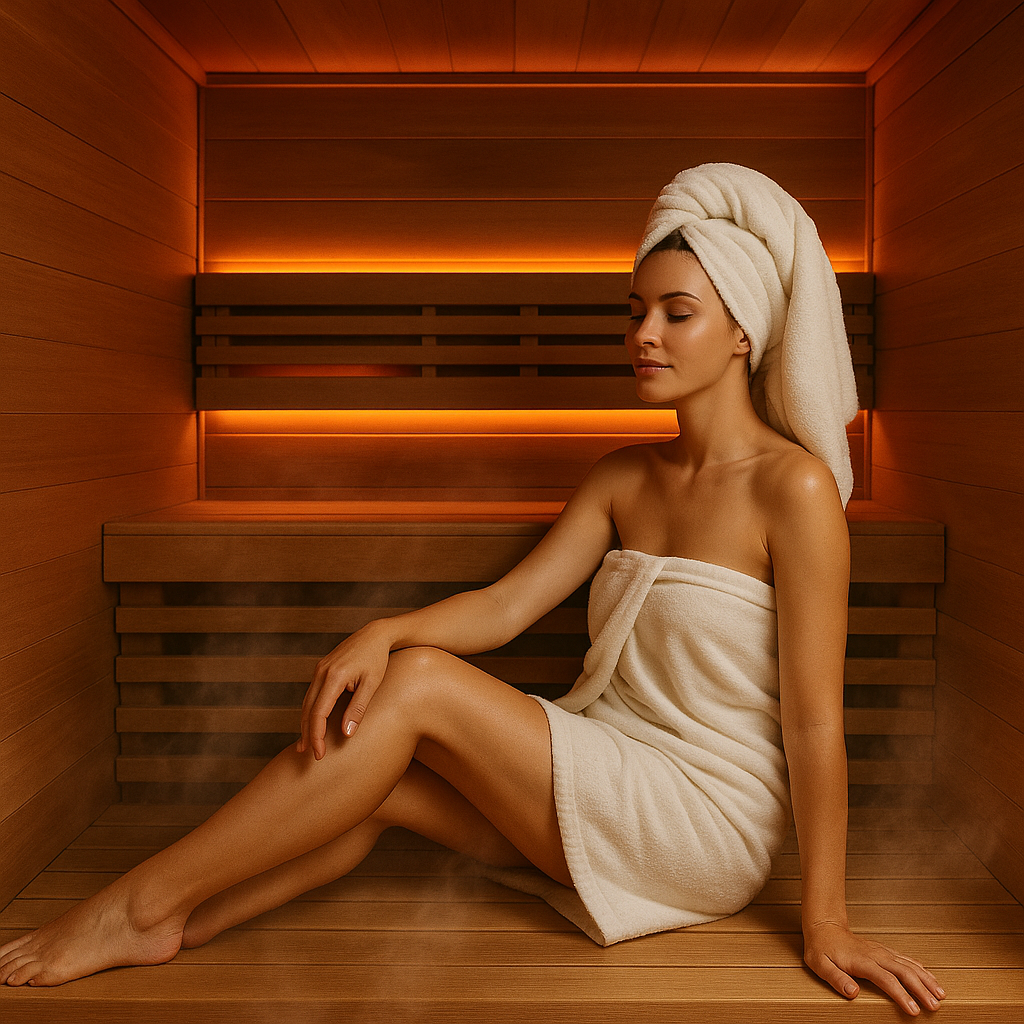


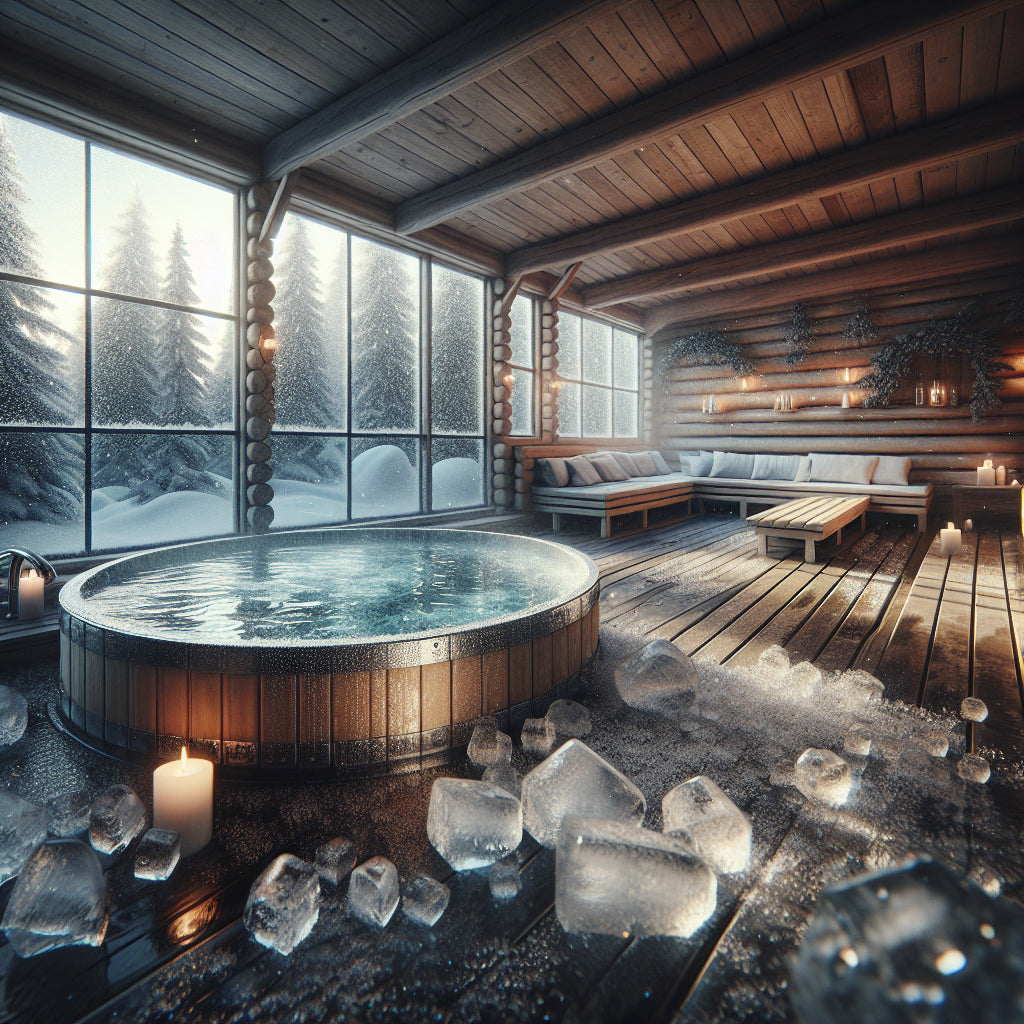
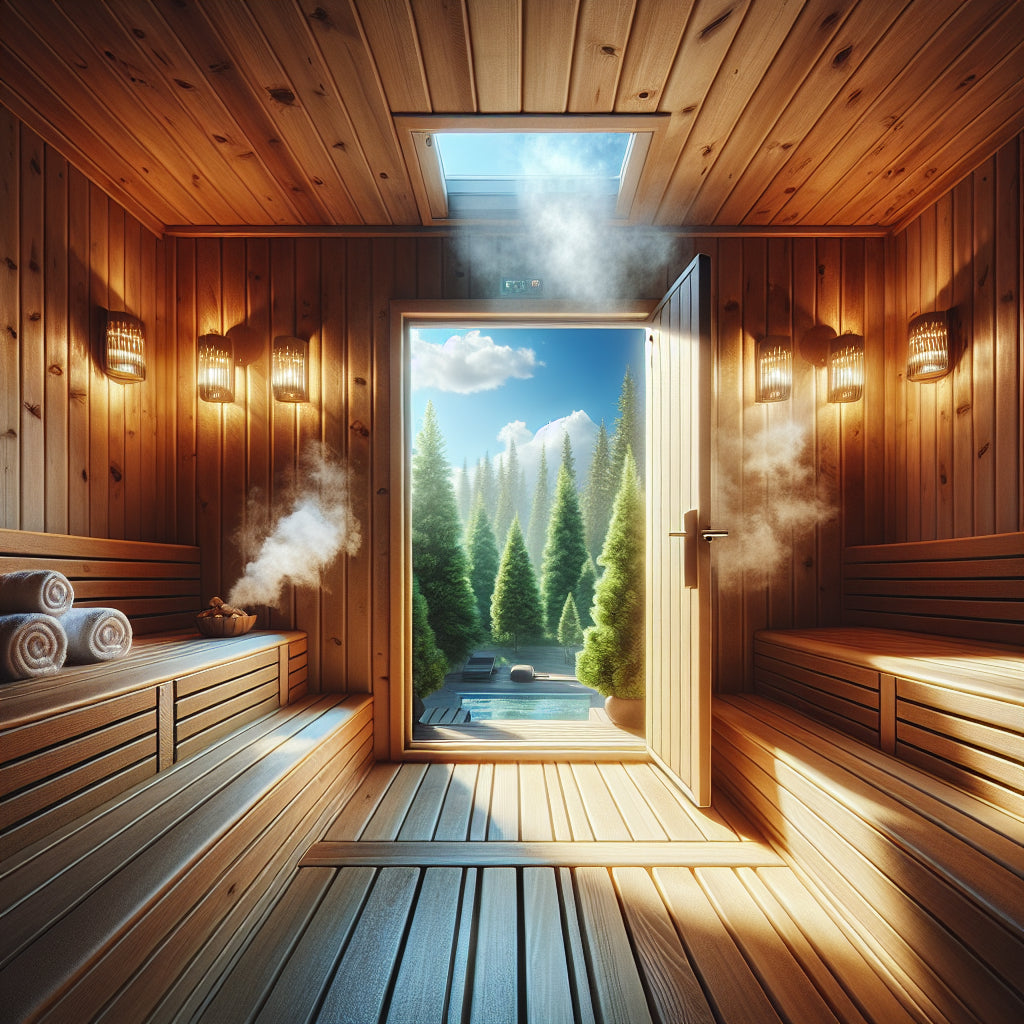

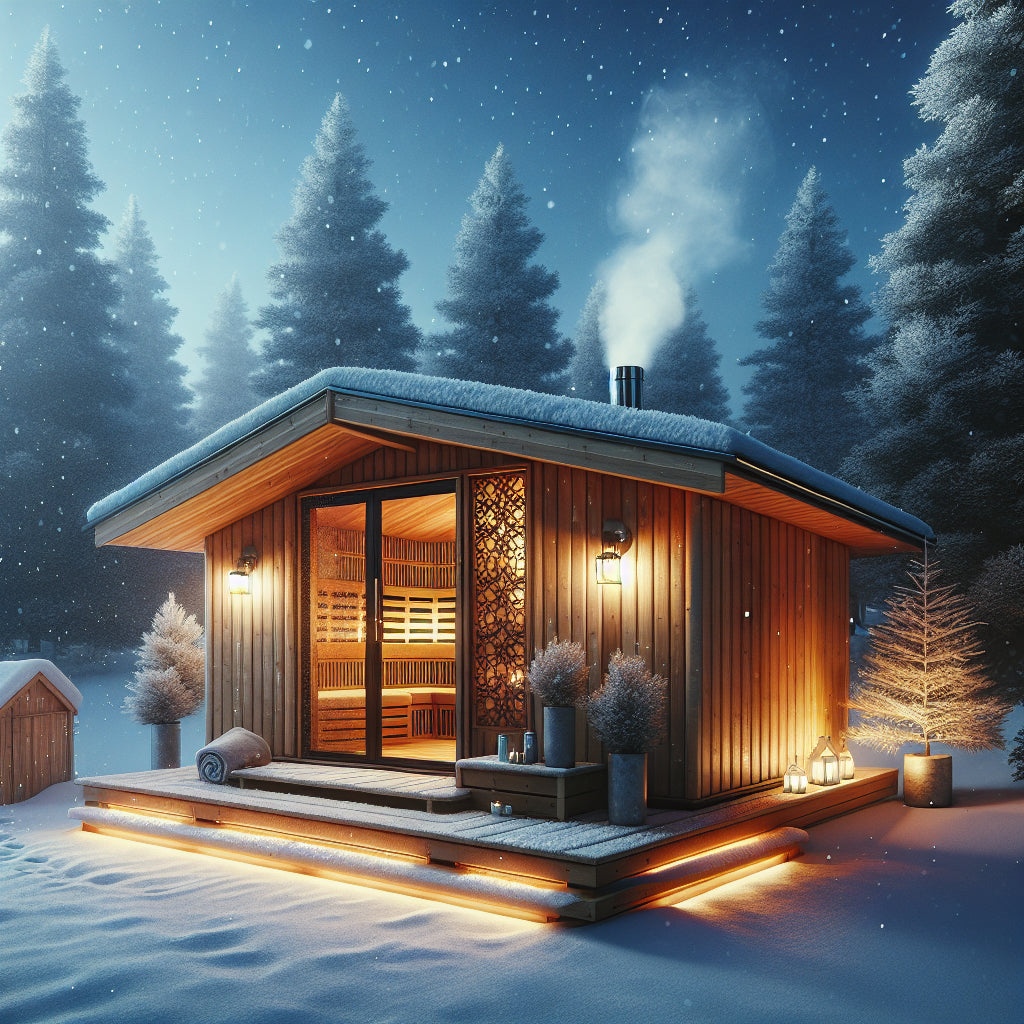

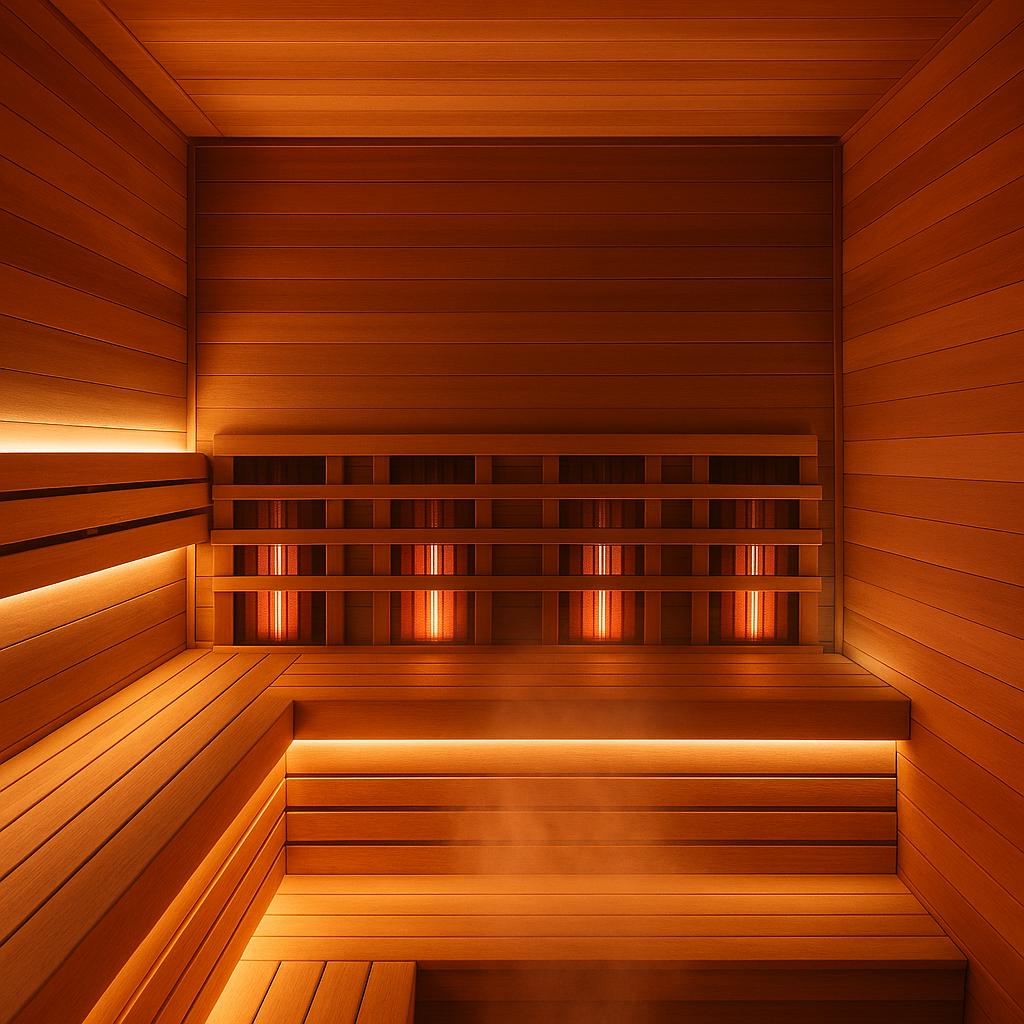
Leave a comment
This site is protected by hCaptcha and the hCaptcha Privacy Policy and Terms of Service apply.